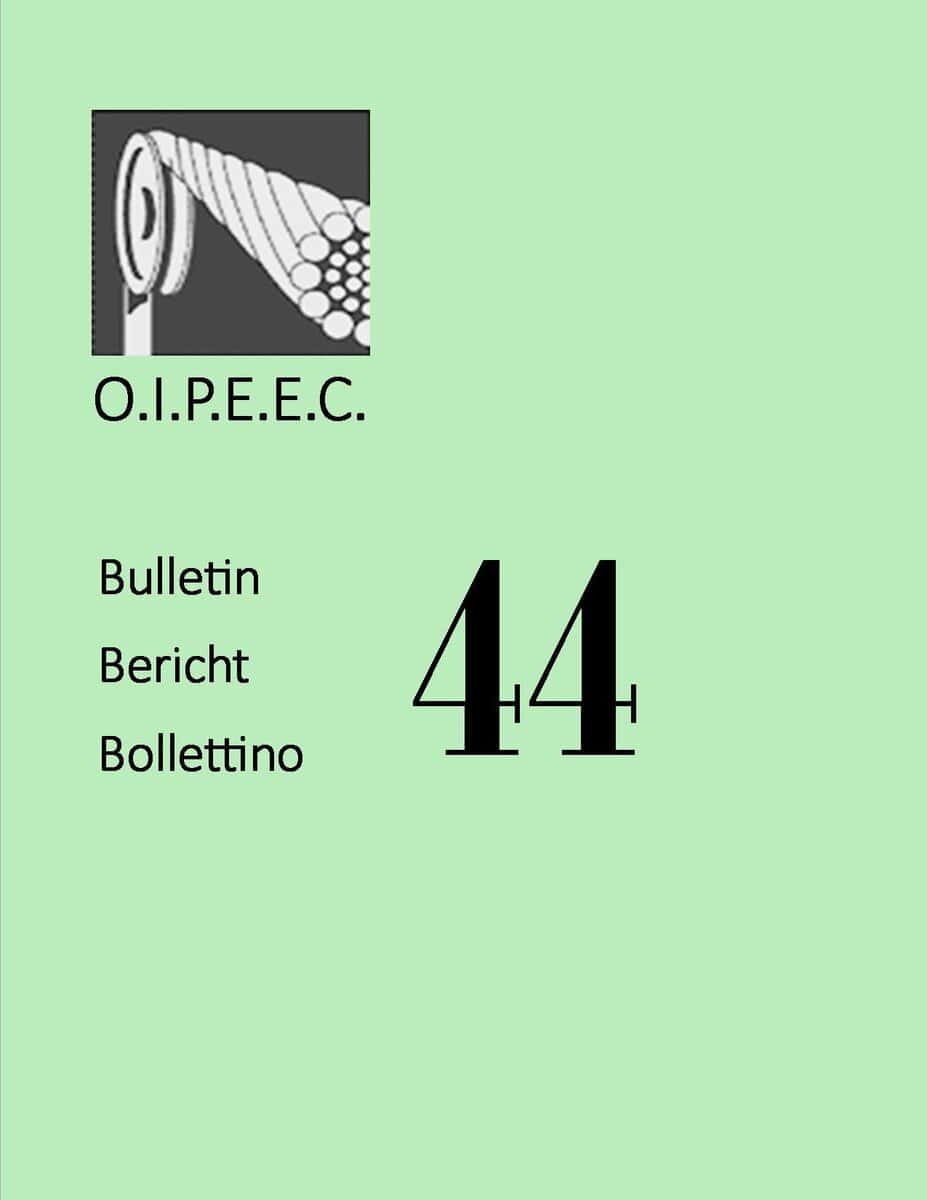Effects of fibre rope complex stiffness behaviour on mooring line tensions with large vessels moored in waves
€0.00
At terminals exposed to waves, the first-order wave-induced vessel motions can cause very high mooring line load ranges and peak tensions which can result in excessive mooring line fatigue and breakouts. These effects can be alleviated by proper selection of fibre rope materials and lengths for mooring lines and tails. Fibre rope stiffness characteristics are complex. The broken-in rope stiffness is suitable for calculating mooring line tensions with constant wind and current forces. But wave-induced vessel motions can cause cyclic tensioning and increase the peak mooring line tension. While the rope is cycling, it becomes stiffer. The cycling stiffness of the rope is greater than its broken-in stiffness. This cycling stiffness should be used when calculating the peak mooring line tensions caused by waveinduced vessel motions. This paper describes the complex axial stiffness behaviour of synthetic fibre ropes. It explains how rope stiffness increases during cycling. It demonstrates how the rope cycling stiffness can significantly increase peak mooring line tensions in wave environments. Recorded mooring line load data was available from an exposed terminal where both nylon and polyester tails are compared with loads calculated by the Optimoor Seakeeping mooring analysis computer program. When the rope cycling stiffness was used instead of its broken-in stiffness, good agreement was achieved between the measured and the calculated peak wave-motion-induced mooring loads. This paper will be of interest to fibre rope engineers, mooring operators and mooring system designers.
Author(s): S.J. Banfield and J.F. Flory




